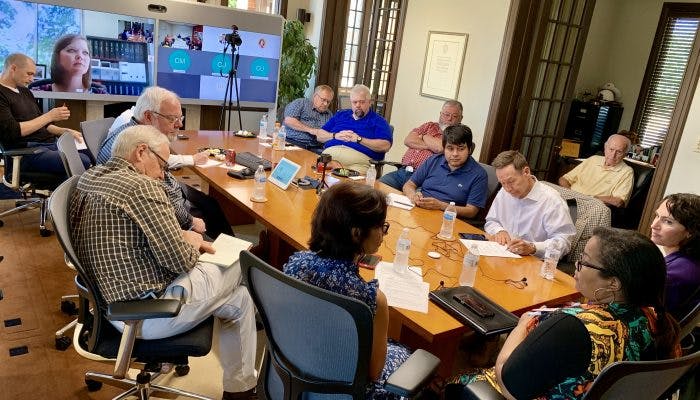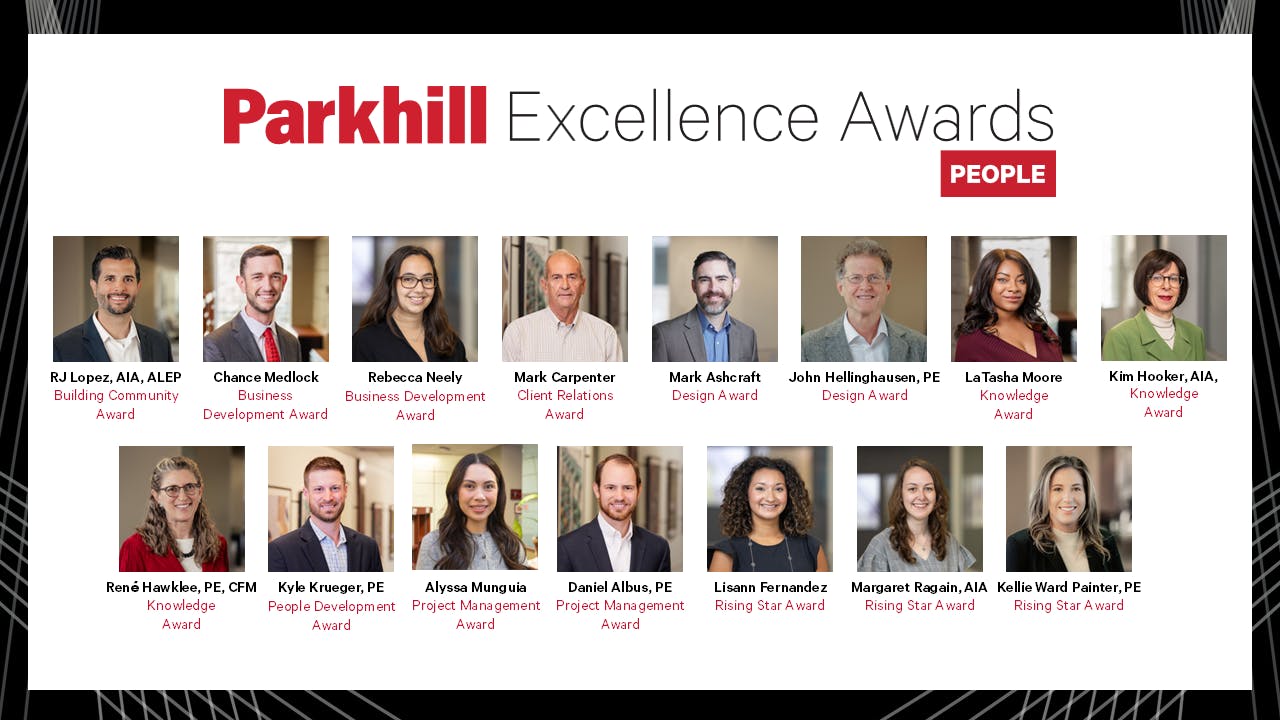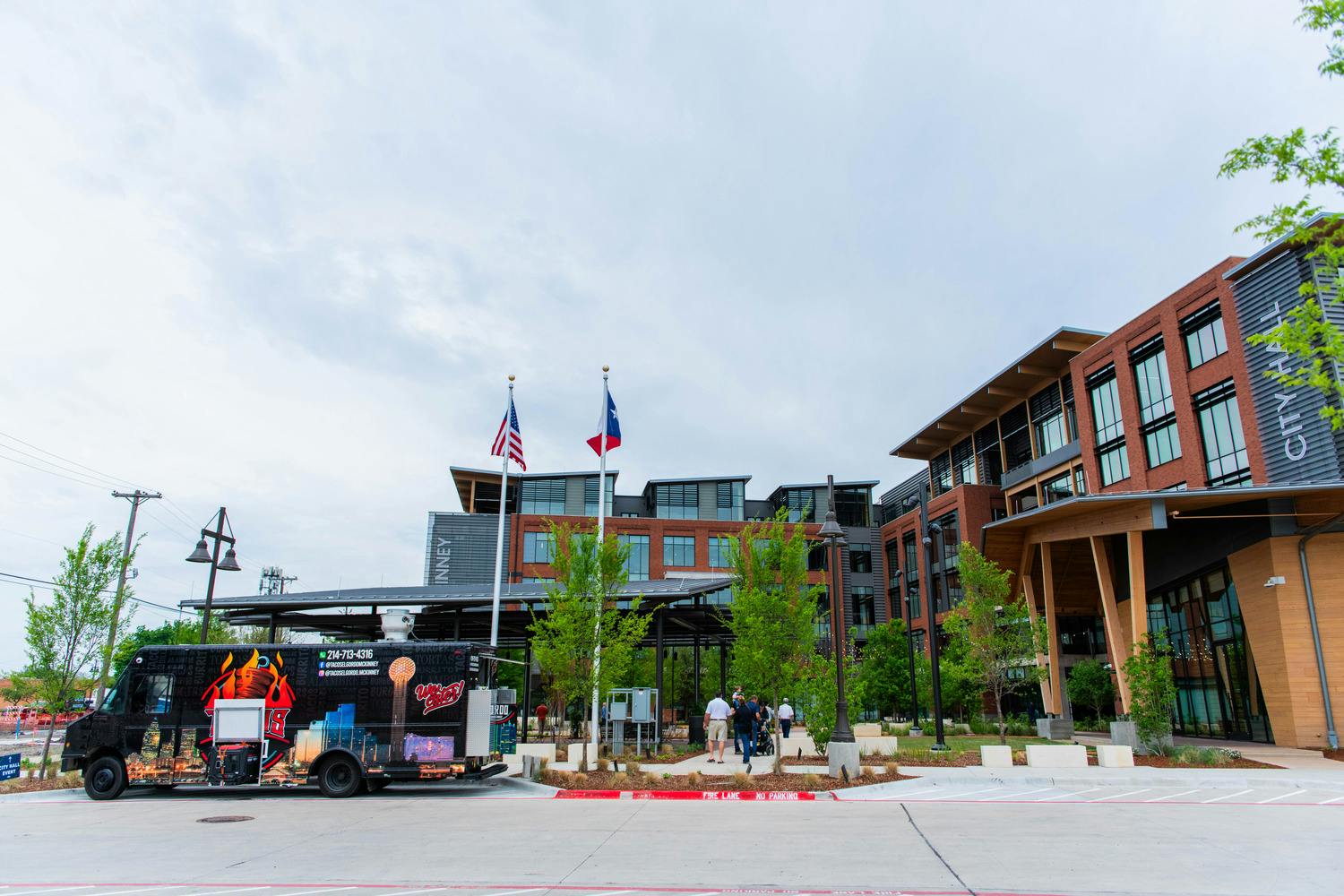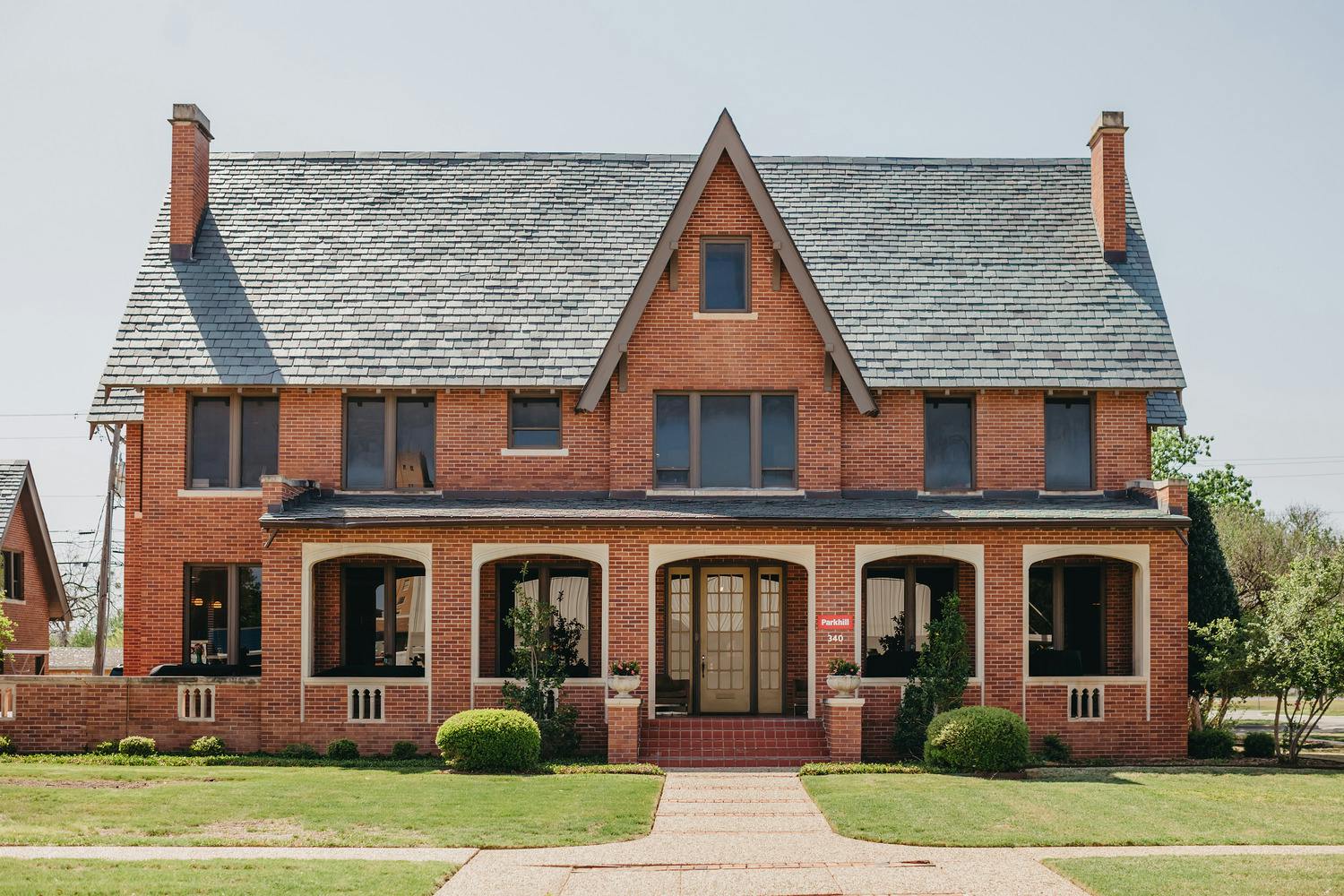Healthcare and Evidence-Based Design
Category: Building Community
Written By: Travis Cram
Date: December 13, 2019

Members of Parkhill’s healthcare team sat down with Dr. Nicole Bullock and Vishia Wilson, RN, of Abilene Regional Medical Center for a roundtable discussion on healthcare design and advancements.
Healthcare Director Kelby Sue, AIA, and Director of Business Development for Healthcare, Mishi Mathur, led the discussion at Parkhill's Abilene office to help gain a better understanding of design techniques and best practices in designing future facilities.
Mishi approached Kelby about hosting the roundtable discussion in Parkhill's Abilene office with Dr. Bullock and Ms. Wilson. They primarily wanted to consider ways the group could gain in-depth information regarding the healthcare industry from a medical provider’s perspective.
“It really allowed us to talk about the impacts of what their practical experience can do to our built environments,” Kelby said.
 The panel discussed how each architecture practice and discipline approaches evidence-based design. With healthcare, it’s about taking the space and how it supports patient and staff safety, as well as other environments, such as providing emotional support to patients and families.
The panel discussed how each architecture practice and discipline approaches evidence-based design. With healthcare, it’s about taking the space and how it supports patient and staff safety, as well as other environments, such as providing emotional support to patients and families.
“It can sound very abstract, but you have more than likely seen these everywhere in everyday practices,” Kelby said. “It’s as simple as putting a continuous handrail from a patient’s bed to a toilet room. The other thing that works so much in healthcare is decentralized nursing — putting nursing stations away from the central zone and closer to the patient and supplies. That saves steps and milliseconds.”
Kelby noted that the most critical aspect of these roundtable discussions is always keeping an open mind and a door open for client feedback and further building those relationships.
“That client-liaison or client-relationship-building starts building trust between us and clients,” he said. “It further shows that we are truly interested and want to hear what they have to say about the environments we are creating for them.”


